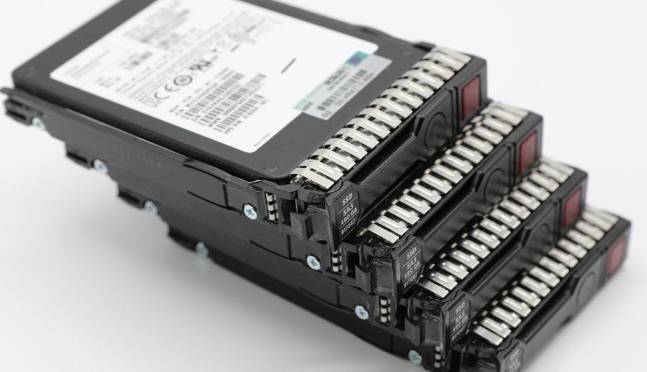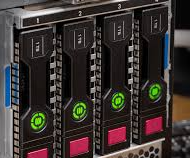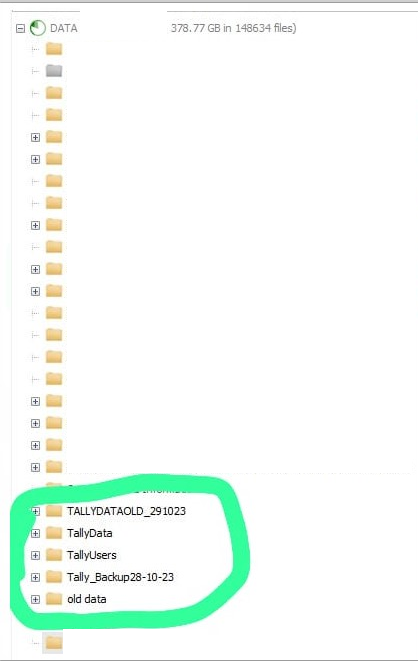A faulty SAS Drives that contains with a very important datas like accounts, contractors and employment records. But before of that why the companies dealing with these types of SAS Drives.
If you’re looking to learn more about SAS hard drives, you’ve come to the right place. In this beginner’s guide, our team covers everything you need to know about SAS drives, including transfer speeds, storage capacities, and compatibility with advanced servers. In this beginner’s guide, we’ll help you understand what SAS drives are, how they differ from SATA drives, and why you should consider using them.

A SAS drive, also known as a serial-attached SCSI drive, is a type of disk drive that uses Small Computer System Interface (SCSI) for data transfer. A hard drive with a SAS interface is similar to a SATA (Serial Advanced Technology Attachment) drive. However, they offer faster transfer speeds, more storage capacity, and greater reliability than SATA hard drives. They are ideal for daycare centers and other businesses. They also come in larger storage capacities, from 1 TB to 16 TB or more, making them ideal for businesses or individuals who need to store a lot of data.

Advantages
are the Performance , Reliability, Scalability, Dual Port Capability, Mixed Workloads
Dis -advantages
are Cost. Compatibility, Noise and Vibration
The owner of these SAS Drive are eagerly wanted to get back those datas. As he is willing to paid a lot of money just to recover well the datas. As per the specialized for this case of recovering the datas at any type of Hard drives like SAS , SATA and Network Server Storage. With his knowledge and experience. The data was recovered well and the very most important datas which are accounts has returned.
